There have been countless news stories about how Millennials are different than previous generations, including their relationship with debt. The principles on debt – the difference between good and bad debt and how to make sure your money works for you – haven’t changed. What has changed are the ways to prepare for retirement and the mountains of student debt that many millennials are struggling under. This large debt slows down their ability to build toward their financial independence, which is a road that many have to pave on their own.
First off, preparing for financial independence has changed. One’s golden years are no longer secured by a pension. More and more people are accepting that preparing for retirement rests solely on their shoulders. The look of retirement has changed as well, with some expecting to continue working because they want to, not because they need to, as well as some embracing the FIRE movement and planning to retire well before 65. For many, the financial landscape that people are planning for has changed.
One of the things that hasn’t changed is what we have historically considered “bad debt”. Credit card debt, high car payments and other depreciating assets, can be harmful to your bottom line. These expenses don’t increase your net worth and often simply distract you from your long-term goals of financial independence. It’s a good idea to keep expenses in this category to a minimum.
Good debt, on the other hand, is money you borrow to ultimately increase your wealth. Historically, student loans for higher education and real estate have fallen under this category as they were seen to be investments that would bring sizable returns in the future. As with any investment, though, you need to critically examine your likely return to make the right decisions. If you are looking at taking student loans for higher education, the goal is for that education to secure a position that will provide you a greater salary. However, if you take out a $100,000 loan to enter a profession that generally generates an annual $40,000 salary, which doesn’t seem to be the best return on your investment. This is the lesson Millennials are laboring under. With $1.5 trillion in outstanding student loan debt[i], Millennials are struggling to make ends meet, let alone build for the future.
Like a series of dominoes, consequences of financial decisions can be far-reaching. Yes, real estate can be a building block to your financial freedom. Yet, many Millennials are delaying buying a home due to their significant outstanding student loan debt[ii]. Additionally, if you’re looking to buy a house that requires a mortgage that leaves you with little funds to contribute to savings or other investments, it may no longer be a good debt option.
In the end, everyone should be looking for ways to invest in their future. You need to be mindful about your money and how it’s working for you. While it’s good to make sure that you’re not throwing your money away, you also want to make sure that your debt is worth the expected rate of return. Everyone has multiple goals, both short-term and long-term. If you plan the right way, you can make sure that the money you have today can work for your dreams for tomorrow.
The opinions voiced in this material are for general information only and are not intended to provide specific advice or recommendations for any individual. To determine what is appropriate for you, consult a qualified professional.

